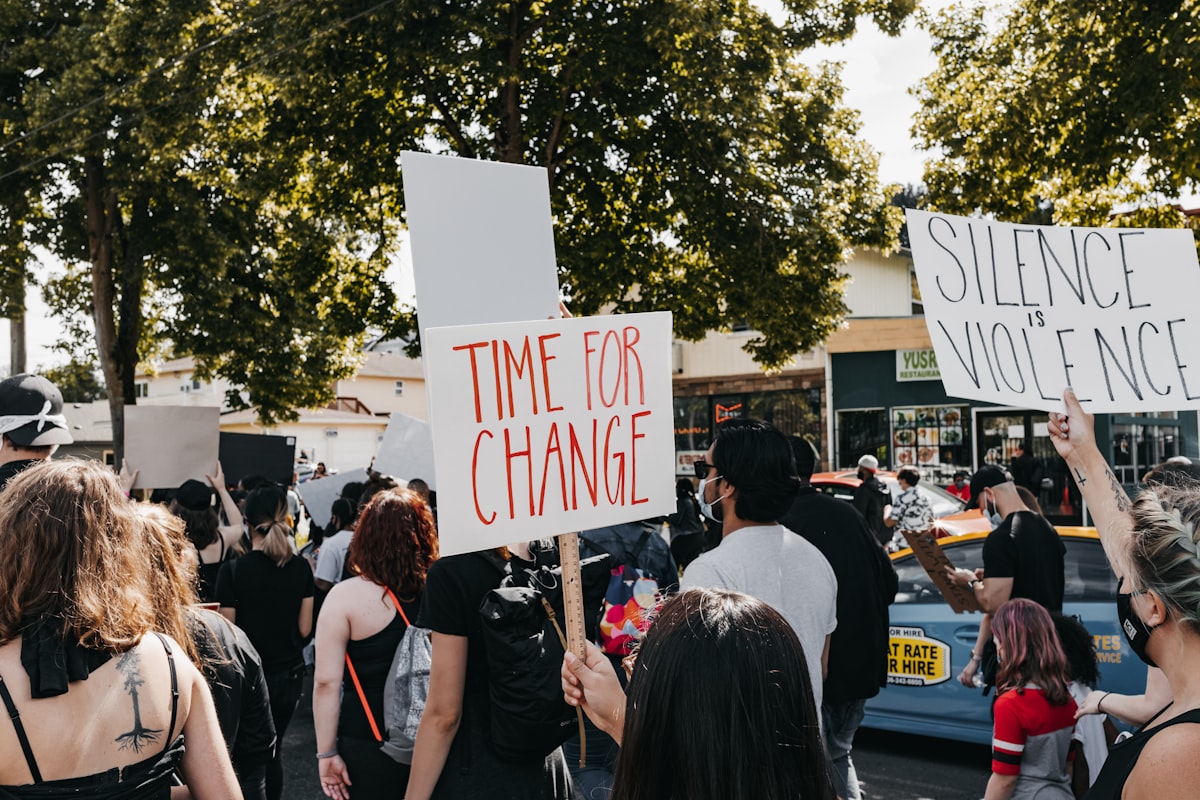Do Your Students Possess Both Macro and Micro Empathy?
Caring for the world is not enough if you continue to ignore the hurting faces in front of you.

In one of the first landmark studies of Generation Z, “Getting to Know Gen Z: How the Pivotal Generation Is Different From Millennials,” young leaders were asked questions about their beliefs as they were first entering the workforce in 2017. The study’s findings showed how our youngest demographic of workers cares for the world:
“Every generation has a defining cause that serves as the foundation for its behavior. For Boomers, it was anti-establishment. For Millennials, it was the environment. For Gen Z, it is human equality. According to our research, the defining issues that the Pivotal Generation rallies behind include: racial equality (72%), gender equality (64%) and sexual orientation equality (48%).”1
If you spend much time around students from Generation Z these statistics are likely unsurprising to you. This study and many taken since paint a very clear picture of a generation raised on global news notifications and justice movements: they care deeply about issues of injustice around the world. At the same time as these findings emerged, however, other seemingly contradictory data began to tell a different story. The same students who report caring about people around the world often struggle to show empathy in fundamental social interactions with others.
Beginning in 1979, the University of Michigan’s Institute for Social Research conducted an annual survey measuring college students’ ability to empathize with others. The survey, finally released in 2010 analyzes data on empathy among almost 14,000 college students over a 30-year period. In that time, researchers found “College kids today are about 40 percent lower in empathy than their counterparts of 20 or 30 years ago, as measured by standard tests of this personality trait.”
In Dr. Adam Saenz’s assessment of this research in his book “The EQ Intervention,” he reveals the possible implications for students who score low on the empathy scale:
“Those who score low on this scale have been described as emotionally aloof, detached, and uncaring. The primary liability potentially associated with a low score on this scale is relational isolation. Individuals who lack empathy have difficulty engaging in nurturing, supportive behaviors toward those around them, leaving those in their world to assume they are on their own.”2
So, how do we make sense of these seeming contradictions in the data? Do students possess empathy, or don’t they? The answer, it seems, is both yes and no. While what I am about to say certainly wouldn’t describe every member of Generation Z, If you’ve spent much time around the kind of student I’m talking about you likely have seen this in action:
Students today possess an abundance of macro-empathy (care for the world), but they often lack micro-empathy (care for the face in front of them).
While it may seem silly to parse my terms with these two “types” of empathy, I believe there is an important distinction. It explains why kids today are so passionate about issues, but often struggle with basic social interactions. It tells the story of how students could care so much for a struggling people group 1000 miles away while caring little for the struggling person sitting five feet away. It seems kids who only possess one side of empathy are missing out.
Multiple studies have shown that having micro-empathy can be very beneficial. High levels of empathy can bring about greater personal and professional success, greater effectiveness in leadership positions, a healthy ability to handle conflict, and lower stress levels. If students are missing this skill, however, these benefits are lost to them. They need leaders like you to give them training that will help them thrive in interpersonal interactions with others.
Caring for the world is not enough if you continue to ignore the hurting faces in front of you.
Andrew
Sources
- “GETTING TO KNOW GEN Z: HOW THE PIVOTAL GENERATION IS DIFFERENT FROM MILLENNIALS,” Leah Swartz, Skyler Huff, Jason Harper; 2017 BARKLEY, INC. AND FUTURECAST, LLC.
- “The EQ Intervention” by Adam Saenz